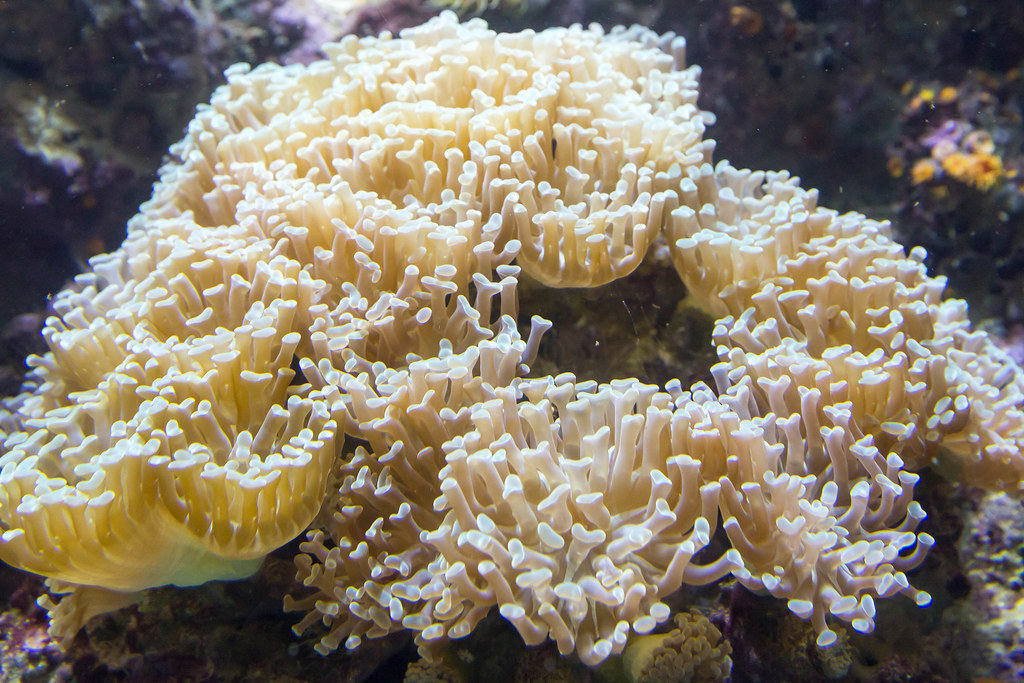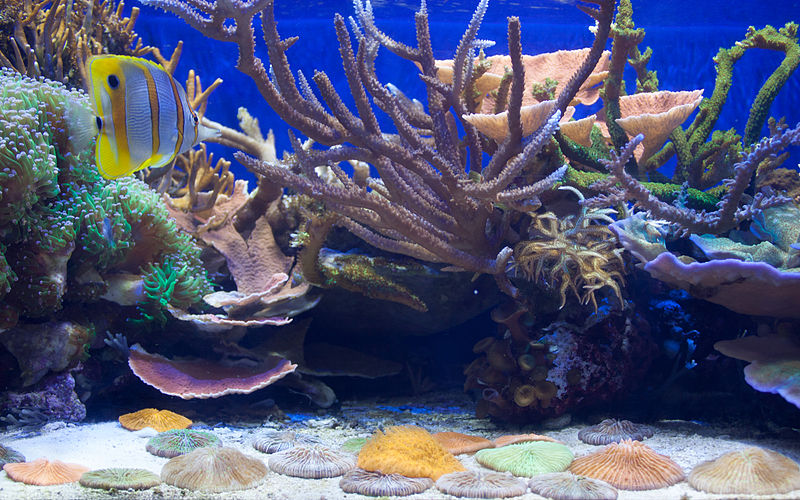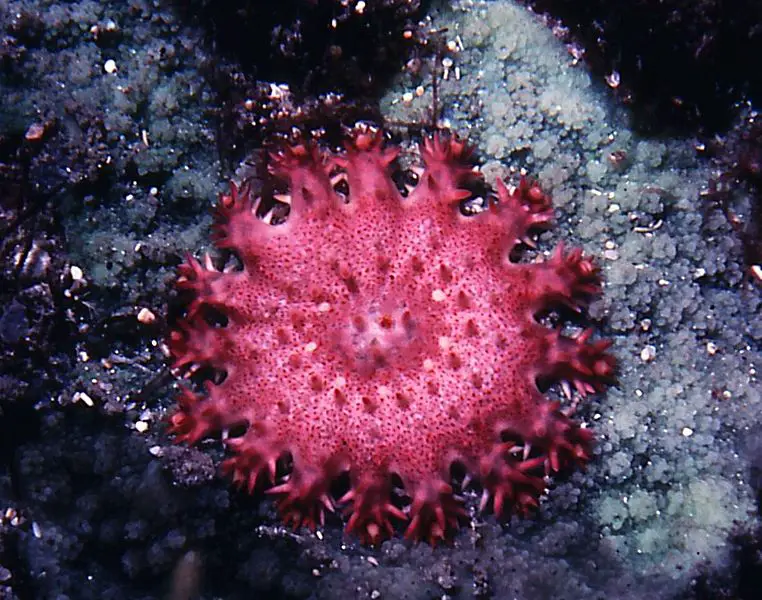One of the most important skills you’ll want to develop when keeping coral in an aquarium is mastering how to fragment (or frag) coral so that you can spur even more growth in your tank.
The good news is that learning how to frag coral – especially Hammer coral – is a whole lot easier than most people realize.
At the same time, this isn’t a process you want to sort of wander into.
It’s really important that you know what you’re getting into, that you know how just complete this process from start to finish, and that you are diligent with your fracking so that you don’t destroy your coral in the process.
Below we run through (almost) everything you need to know about fragging Hammer coral.
Steps to Frag Hammer Coral
After getting your hands on the tools you need to successfully frag (something we cover in just a moment) you’ll want to run through this step-by-step process for knocking the frag out!
First, everything begins with creating the fragment itself either through the chipping method, the snapping method, or the shearing method.
The chipping method is probably the most straightforward of the bunch. All you have to do is tap a chisel with a hammer until you get the fragment you are after. The coolest thing about this approach is that when you’re working with larger hammers (Hammer coral, anyway) you’re able to frag things without having to cut into the actual coral itself.
The snapping method is a little bit more challenging to pull off, as you’ll need to use wire cutters (or bone cutters) to snap a frag off of your coral to establish a new colony.
The slicing method can be used for harder to cut but still somewhat soft corals. Scissors and shears get the job done, but a scalpel (or even a razor blade) offers a little more control.
After the frag has been created it’s time to attach it to a piece of substrate.
The “slow creep” method, perfect for growing out in crusting coral species, really only need a little bit of pointed direction for establishing the new colony. The coral will begin to grow all on its own over the obstacles you’ve put in its path, setting up the new outgrowth.
Mash and glue methods are popular with larger frags as well as coral that have a tough time establishing their own new position. Use a little bit of mesh (or even a rubber band) to hold your frag in place before it has established itself. A bit of superglue on the frag can hold things in place, too.
All that’s really left to do after this is to allow your frag to set up shop, establish itself, and begin to grow again. Just be sure you aren’t fragging to frequently to stress your coral to the point of exhaustion.
What Are Coral Frag?
A frag is really nothing more than a fragment of coral, either taken from a larger reef to set up a smaller one or pulled from your own underwater coral establishment to extend your coral colony.
These tiny little pieces can grow and reestablish themselves into larger fragments of coral, at which point they can be then frag again – sort of allowing you to “rinse and repeat” the reproductive process, building the exact coral colony you’re interested in.
Fragging can also be used to share coral with other people. There are a whole bunch of communities online (and in the real world) dedicated to frag swapping, helping people build more unique coral colonies than they might have been able to on their own.
Materials to Frag Coral
If you are going to go through the fracking process you’ll need to make sure that you have your hands on quality tools to get the job done right.
For starters, latex gloves are going to be hugely important to not only protect your hands but also to protect the coral that you’re working with. Safety glasses are a bit of an extra, but it never hurts to have more protection than you might need.
As for the actual tools you’ll use to establish the new frag you are creating, you can go with scalpels, long razor blades, bone or coral cutters designed for this purpose exactly, or even ceramic and glass tile cutters.
Chisels, kitchen knives (particularly chef knives) and the like can be used on tougher coral, too.
Once you have created your fragment you’re going to need something to stick the frag back into place, holding it where you want it until it can grow, establish itself, and flourish.
Superglue works wonders for this, but you can also get your hands on mesh, rubber bands, and even things called “frag plugs” that basically work as kick stands to hold your frag up until it can get its legs under it (so to speak).
Finally – and this is really important if you’re going to be getting coral frag from others – you need to have a coral dip on hand.
Commercial dips (like Coral RX and Revive Coral Cleaner) allow you to quickly clean your coral, prep them for mounting on a frag plug, but also guarantee that any bacteria, bugs, or “bad nasties” they might have spread to your already established corals are killed off before they land in the tank.
Always dip!
Placement of Hammer Corals
When you’ve created your Hammer coral frag it’s important that you stick it in the right spot on your tank, giving it the best opportunity to establish itself, to grow, and to thrive.
Hammer corals do their very best when placed at the bottom of the tank, though they can usually handle being placed a little higher – maybe towards the middle of the tank – but don’t go too far.
While this coral isn’t the pickiest about where it lives, it does have a certain “zone” in aquariums that it prefers. Frags in particular should be situated in the most ideal locations to give them every opportunity to recover and grow.



